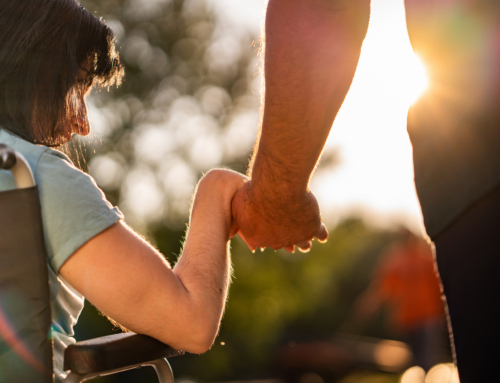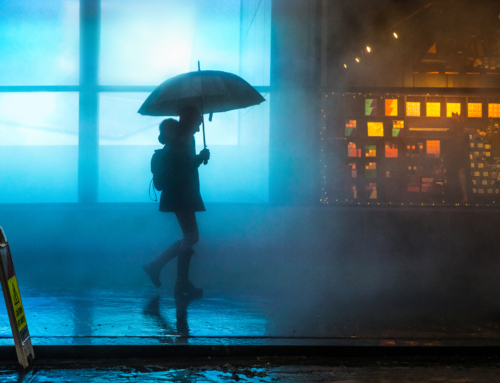We are happy to welcome Nicole Reinders as a guest author for this post. Nicole is a PhD student in Kinesiology at Wilfred Laurier University. We encourage you to check out her research referenced at the end of this post or connect with her by email to find out more!
For the past three years, I have been doing research in the area of wellbeing for individuals with exceptional needs, particularly associated with recreational dance. My cousin, who has Down Syndrome, was my inspiration for this research when he joined a dance class. He has always enjoyed moving to music and he loves to dance with others. Seeing the joy it brought him as well as my own experiences as a dance instructor made me interested in making these experiences more accessible for everyone.
As a science student, I have always been challenged to stay God focussed in my research. There are several verses about dance in the bible. One of my favourites is Psalm 149:3 Let them praise his name in the dance: let them sing praises to him with the tambourine and harp. Dance is an art form that incorporates the whole person, body and mind. There are very special things that occur in the human psyche during dance and the more I learn about them, the more I am in awe of the creation of dance. Of course it is a form of worship! The dancer is expressing his or herself in ways that can only be communicated through movement. There is no definition of dance; there are no limits of what dance is or is not. It is for everybody! Through my research, I have gained insight about the social, physical, and psychological benefits of dance for people with exceptional needs. My goal is that, with some research to support me, I can make a difference by creating more dance programs that are inclusive to all dancers.
I try to remember that dance is much more than a form of self-expressive physical activity, but it is also a form of worship. Whether or not worship is the focus of a dance class, exploring your body’s movement as a gift from God can be a powerful experience. I am very fortunate to have the opportunity to research something that I love and impact the lives of others. I have published a few articles (references below) and I am more than happy to send them to anyone who is interested! If you would like to read one of my articles or would like more information about my research, please e-mail me at rein3560@mylaurier.ca.
Scharoun, S. M., Reinders, N. J., Bryden, P. J. & Fletcher, P. C. (2013). Dance Movement Therapy Interventions for Children with Autism Spectrum Disorders. American Journal of Dance Therapy, 36, 209-228. DOI: 10.1007/s10465-0149179-0.
Reinders, N., Bryden, P. & Fletcher, P. (2015). Dreams do Come True: The Creation and Growth of a Recreational Dance Program for Young Adults with Additional Needs. Journal of Dance Education. DOI: 10.1080/15290824.2015.1056792.
Reinders, N.,Bryden, P. & Fletcher, P. (2015). Dancing with Down Syndrome: a Phenomenological Case Study. Research in Dance Education. DOI: http://dx.doi.org/10.1080/14647893.2015.1036018.
Redquest, B., Reinders, N., Bryden, P. J., Schneider, M., Fletcher. P. C. (2015). Raising a Child with Special Needs: The Perspective of Caregivers.Clinical Nurse Specialist. DOI: 10.1097/NUR.0000000000000122.



